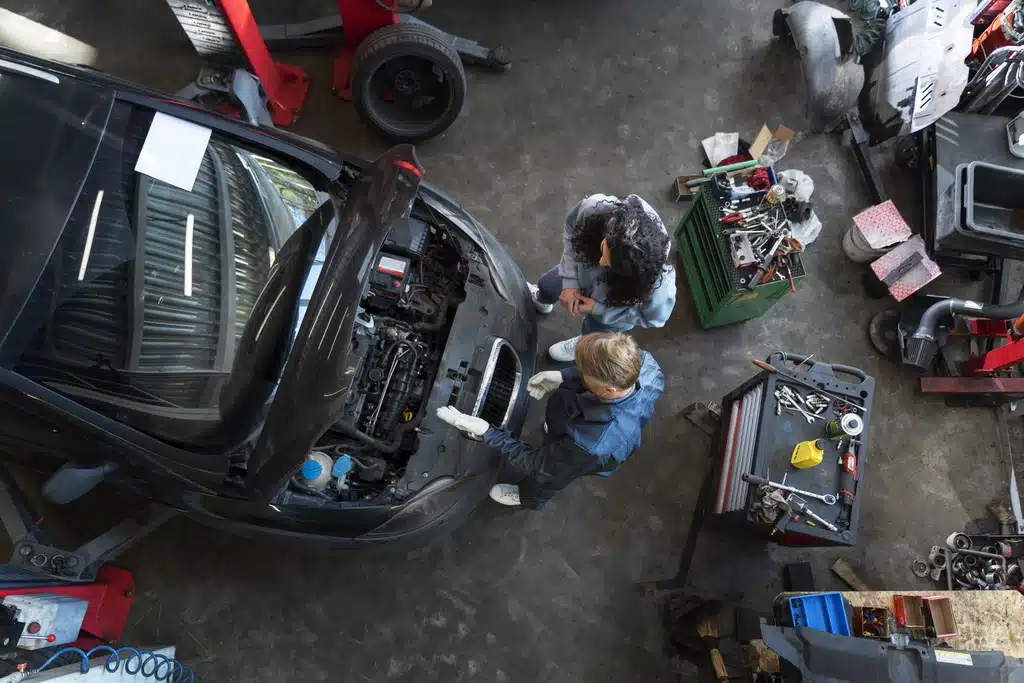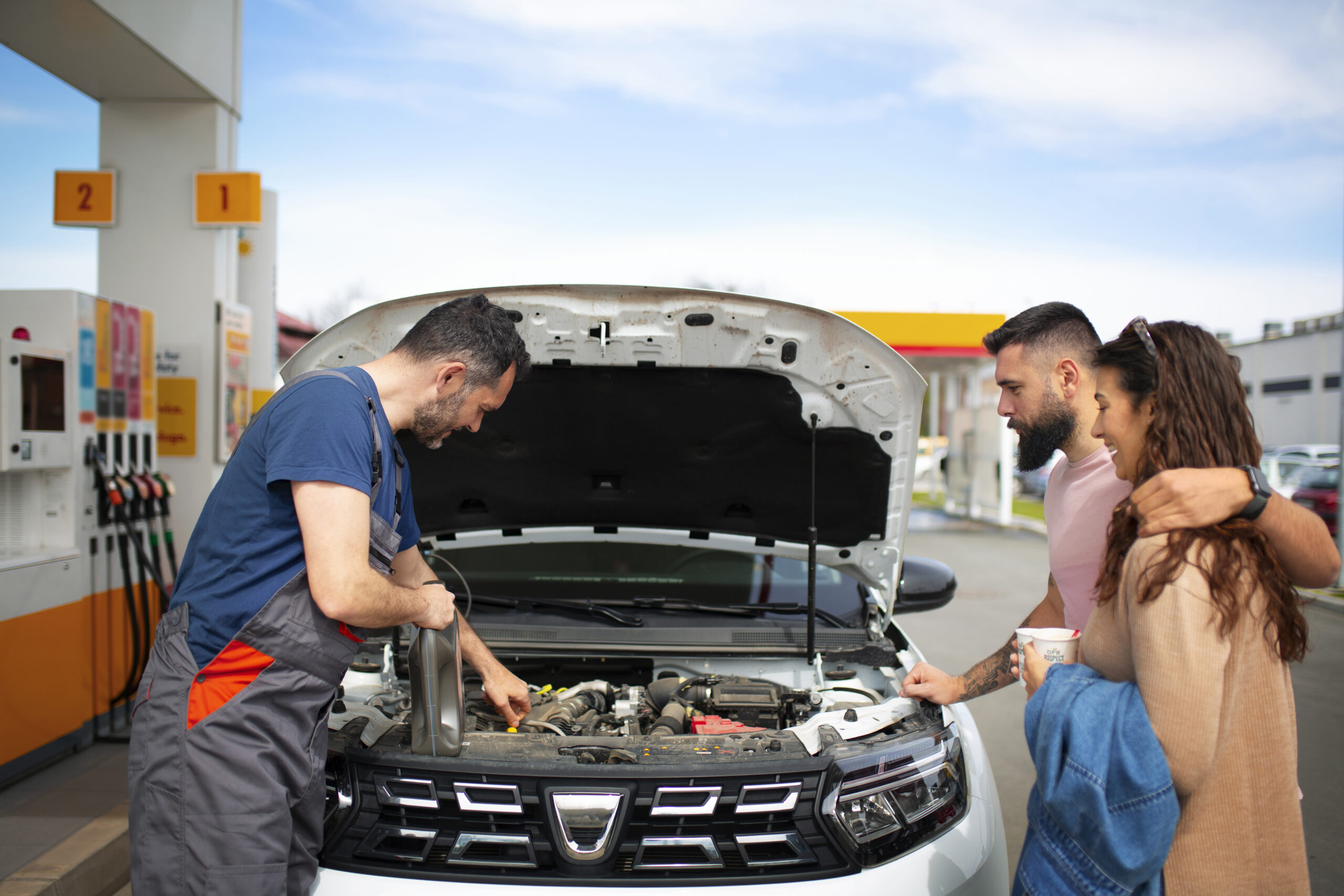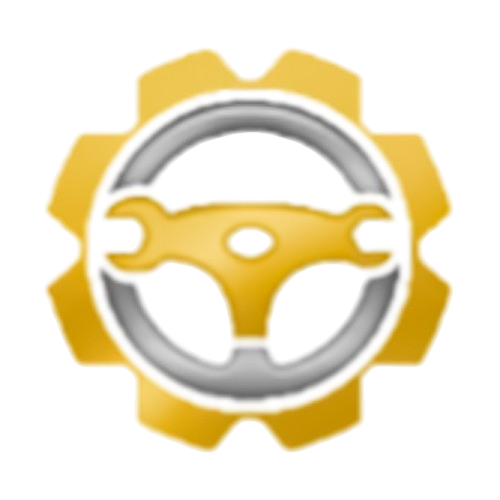Table of Contents
DIY car repairs have gained significant traction among vehicle owners who are keen on saving money and understanding their cars better. As professional repair costs rise and the complexity of modern vehicles increases, many people are turning to do-it-yourself solutions to manage repairs. A crucial element in this DIY approach is the use of used auto parts. By integrating car parts used from previous vehicles, DIY enthusiasts can significantly lower repair costs while achieving satisfactory results.
The appeal of DIY car repairs lies not just in the potential financial savings but also in the satisfaction of completing a project yourself. With rising repair bills and labor costs, many car owners find that taking a hands-on approach is not only rewarding but also economically advantageous. Used Auto Parts Pro USA play a significant role in this scenario, offering an affordable alternative to brand-new components.
Although the idea of sourcing and installing used auto parts might initially seem daunting, it is quite manageable with the right knowledge and tools. This blog will delve into the financial benefits of using used auto parts, identify popular components frequently reused, and provide practical tips on how to find and safely install these parts. By understanding these aspects, you can make informed decisions that will help you save money and maintain your vehicle efficiently.
Financial Benefits of Using Used Auto Parts
Choosing used auto parts over new ones can lead to significant financial savings. Here’s a detailed look at how using car parts used from other vehicles can benefit your budget:
- Reduced Part Costs: The most obvious benefit of using used auto parts is the reduction in part costs. New car parts can be prohibitively expensive, especially for major components like engines and transmissions. Used auto parts, on the other hand, are often available at a fraction of the cost of new ones. For instance, a used alternator or starter motor can be obtained for a significantly lower price compared to its new counterpart, allowing you to manage your repair budget more effectively.
- Decreased Labor Costs: Professional mechanics charge high hourly rates, which can add up quickly. By opting for DIY repairs and using used auto parts, you eliminate the need for expensive labor. This not only reduces the overall cost of the repair but also allows you to invest more in quality used parts, ensuring that you get reliable components without overspending.
- Availability of Rare Parts: For older or discontinued vehicle models, finding new parts can be both challenging and costly. Used auto parts offer a viable solution for these scenarios. Salvage yards and online marketplaces often have a wide selection of used components, making it easier to find parts that are no longer available. This availability helps you avoid the high costs associated with special orders or aftermarket parts.
- Minimized Depreciation Costs: Investing in expensive new parts can further diminish the resale value of your vehicle. By using used auto parts, you can perform necessary repairs and maintenance without incurring high costs, helping to preserve your vehicle’s value. This is particularly beneficial for older vehicles where the cost of new parts may not be justified.
- Economical Solutions for Minor Repairs: Not all repairs require new parts. For minor issues or cosmetic fixes, used auto parts can provide a cost-effective solution. Replacing a damaged fender or a worn-out door with a used part can restore your vehicle’s appearance or functionality without breaking the bank.
- Increased Budget Flexibility: Savings on parts give you the flexibility to allocate your budget to other areas. Whether it’s addressing additional repair needs, upgrading other components, or investing in quality tools, the money saved by using used auto parts allows for greater financial freedom.
- Potential for Value-Added Services: Some sellers of used auto parts offer warranties or guarantees, adding value to your purchase. While used parts are generally more affordable, a warranty can provide added protection and peace of mind. If a warranty is not available, purchasing from reputable sellers with positive reviews can further ensure that you’re getting reliable components.
Popular Used Parts for DIY Repairs
When embarking on DIY car repairs, certain used auto parts are more commonly sought after due to their cost-effectiveness and the frequency with which they need replacement. Here’s a closer look at some of the best used auto parts for DIY repairs:
- Engines and Transmissions: Engines and transmissions are major components that can be very costly if purchased new. Opting for a used engine or transmission can result in substantial savings. Many used engines and transmissions come from vehicles that have been involved in minor accidents or have low mileage, making them viable options for budget-conscious repairs. Ensure these parts are tested, and if possible, come with a warranty to confirm their reliability.
- Alternators and Starters: These components are essential for your vehicle’s electrical system and are prone to failure over time. Used auto parts in this category are often reliable and significantly cheaper than new ones. Many salvage yards & auto parts recyclers offer tested, and used alternators and starters, providing an affordable alternative without compromising quality.
- Body Panels and Bumpers: For cosmetic repairs or minor collision damage, used body panels and bumpers are popular choices. These parts are often available in good condition and can be replaced with relative ease. Ensure that the used panels and bumpers match the color and style of your vehicle for a seamless appearance.
- Doors and Windows: Replacing damaged doors or windows with used parts can be an economical solution. These components are typically less prone to wear and tear compared to mechanical parts, making them a practical choice for budget-friendly repairs. Carefully inspect used doors or windows for any signs of damage before purchasing.
- Suspension Parts: Suspension components like control arms, struts, and sway bars are crucial for your vehicle’s handling and safety. Used versions of these parts are often available at a lower cost compared to new ones. Ensure that the used suspension parts are in good condition and free from excessive wear before installing them on your vehicle.
- Dashboard Components: If you need to replace or upgrade interior parts such as the dashboard, used auto parts can be a cost-effective solution. These components are generally less prone to mechanical failure and can be easily swapped out with a bit of DIY effort.
- Headlights and Tail Lights: Used headlights and tail lights can be a practical choice for replacing broken or faded lights. These components are often available at lower prices and can be installed with basic tools. Ensure that the used lights are in good working condition and match your vehicle’s specifications.
Tips for Finding Affordable Used Auto Parts
Finding affordable used auto parts requires some research and careful consideration. Here are some effective tips for locating the best deals:
- Online Marketplaces: Websites like eBay, Craigslist, and specialized auto parts websites offer a vast selection of used auto parts. These platforms allow you to compare prices from various sellers and find deals that suit your budget. Be sure to read seller reviews and verify the condition of the parts before purchasing.
- Junkyards and Salvage Yards: Local junkyards and salvage yards can be excellent sources for used auto parts. These facilities often have a wide range of components from retired or damaged vehicles. Visiting these yards in person allows you to inspect parts and negotiate prices directly with the sellers.
- Auto Parts Recyclers: Some businesses specialize in recycling auto parts and can be reliable sources for used components. These recyclers often test and refurbish parts before selling them, providing additional assurance of quality. Look for auto parts recyclers with good reputations and positive customer reviews.
- Car Clubs and Forums: Joining car clubs or online forums dedicated to your vehicle’s make and model can provide valuable leads on where to find used auto parts. Fellow enthusiasts may have spare parts for sale or know of reputable sources where you can find what you need.
- Local Mechanic Shops: Sometimes local mechanics have used parts available for sale or can refer you to trusted suppliers. Mechanics often have connections with parts vendors and can offer insights into the quality and suitability of used components.
- Social Media Groups: Many communities have social media groups where members buy, sell, or trade used auto parts. These groups can be valuable resources for finding affordable parts and connecting with other car enthusiasts.
- Check for Warranties: When purchasing used auto parts, look for sellers who offer warranties or return policies. A warranty provides additional protection and ensures that you’re getting a reliable component. If a warranty is not available, consider purchasing from reputable sellers who have a track record of quality.
How to Safely Install Used Car Parts
Proper installation of used auto parts is essential to ensure the safety and reliability of your vehicle. Here’s a comprehensive guide to help you install used car parts safely and effectively:
- Verify Compatibility: Before purchasing used car parts, ensure they are compatible with your vehicle. Check the part numbers and specifications to confirm that they match your make, model, and year. Using incompatible parts can lead to performance issues or damage.
- Inspect the Parts: Thoroughly inspect used auto parts for any signs of wear, damage, or defects. Look for cracks, rust, or other issues that could affect the part’s performance. If possible, request a history report or service record for the part to ensure it has been properly maintained.
- Gather Necessary Tools: Ensure you have all the required tools and equipment for the installation. This may include wrenches, sockets, screwdrivers, and any specialized tools needed for the specific part you are installing. Having the right tools will make the installation process smoother and more efficient.
- Follow Instructions: Refer to the vehicle’s service manual or online guides for step-by-step instructions on how to install the part. Following these instructions will help ensure that the installation is done correctly and that the part functions as intended.
- Perform a Test Fit: Before fully securing the part, perform a test fit to ensure that it aligns correctly and functions as intended. This can help identify any issues or adjustments needed before you commit to the installation.
- Secure the Part: Once you’ve confirmed the fit, secure the part using the appropriate fasteners or connectors. Ensure that everything is tightened to the manufacturer’s specifications to prevent any issues while driving. Avoid over tightening, as this can cause damage to the part or surrounding components.
- Check for Leaks or Issues: After installation, check for any leaks, unusual noises, or other issues. Test the vehicle’s systems to ensure that the new part is functioning correctly and that no other problems have arisen. If you notice any issues, address them promptly to prevent further damage.
- Seek Professional Help if Needed: If you encounter difficulties or uncertainties during the installation process, don’t hesitate to seek help from a professional mechanic. It’s better to address any issues promptly to ensure your vehicle remains safe and reliable. A professional can provide guidance, troubleshoot problems, and ensure that the installation is completed correctly.
- Document the Repair: Keep a record of the repairs and parts used, including receipts and any warranties or guarantees. This documentation can be useful for future reference, especially if you need to address any issues related to the used parts.
- Regular Maintenance and Inspection: After installing used auto parts, perform regular maintenance and inspections to ensure they continue to function properly. Regular check-ups can help identify potential issues early and extend the lifespan of the parts.
Conclusion
Using used auto parts for DIY car repairs offers substantial cost savings and practical benefits. By opting for these parts, you can significantly reduce repair expenses while achieving reliable results. Understanding which auto parts used from other vehicles are commonly reused, where to find them affordably, and how to install them safely is essential to making the most of this approach.
With the right knowledge about used car parts, you can effectively manage your vehicle’s maintenance, save money, and contribute to a more sustainable approach to car repairs. Embracing the potential of used auto parts not only benefits your wallet but also ensures that your vehicle remains in excellent condition for years to come.
FAQ
Yes, used auto parts are generally safe when sourced from reliable sellers, salvage yards, or auto parts recyclers. Always inspect the part for damage, verify compatibility, and ensure it has been tested or comes with a warranty.
You can save anywhere from 30% to 70% compared to buying new parts. Major components like engines and transmissions offer the highest savings, while smaller parts such as lights or body panels also provide affordable alternatives.
Some of the most popular used car parts include:
Engines and transmissions
Alternators and starters
Body panels, bumpers, and fenders
Doors and windows
Suspension components
Dashboard parts
Headlights and tail lights
You can find quality used parts at:
Local junkyards and salvage yards
Online marketplaces
Auto parts recyclers
Mechanic shops with used parts connections
Check the part number, vehicle make, model, and year before buying. Most sellers provide compatibility details. If you’re unsure, consult your vehicle’s service manual or ask a mechanic for guidance.
Some used parts do come with limited warranties or guarantees, especially when purchased from reputable auto recyclers or salvage yards. Always ask about warranty coverage before purchasing.
If you encounter difficulties, stop and consult a professional mechanic. It’s better to seek help than risk damaging your vehicle or compromising safety.





